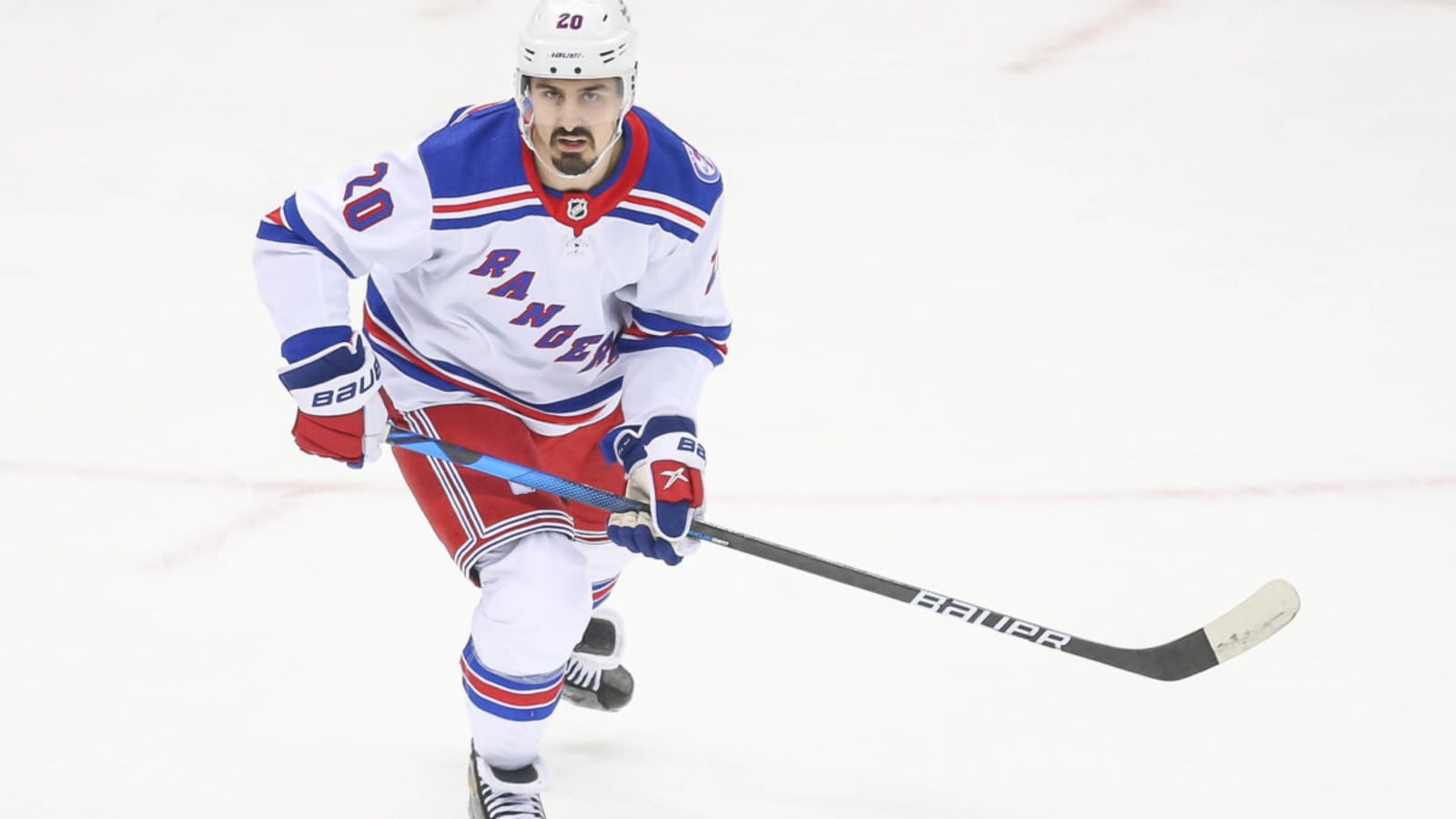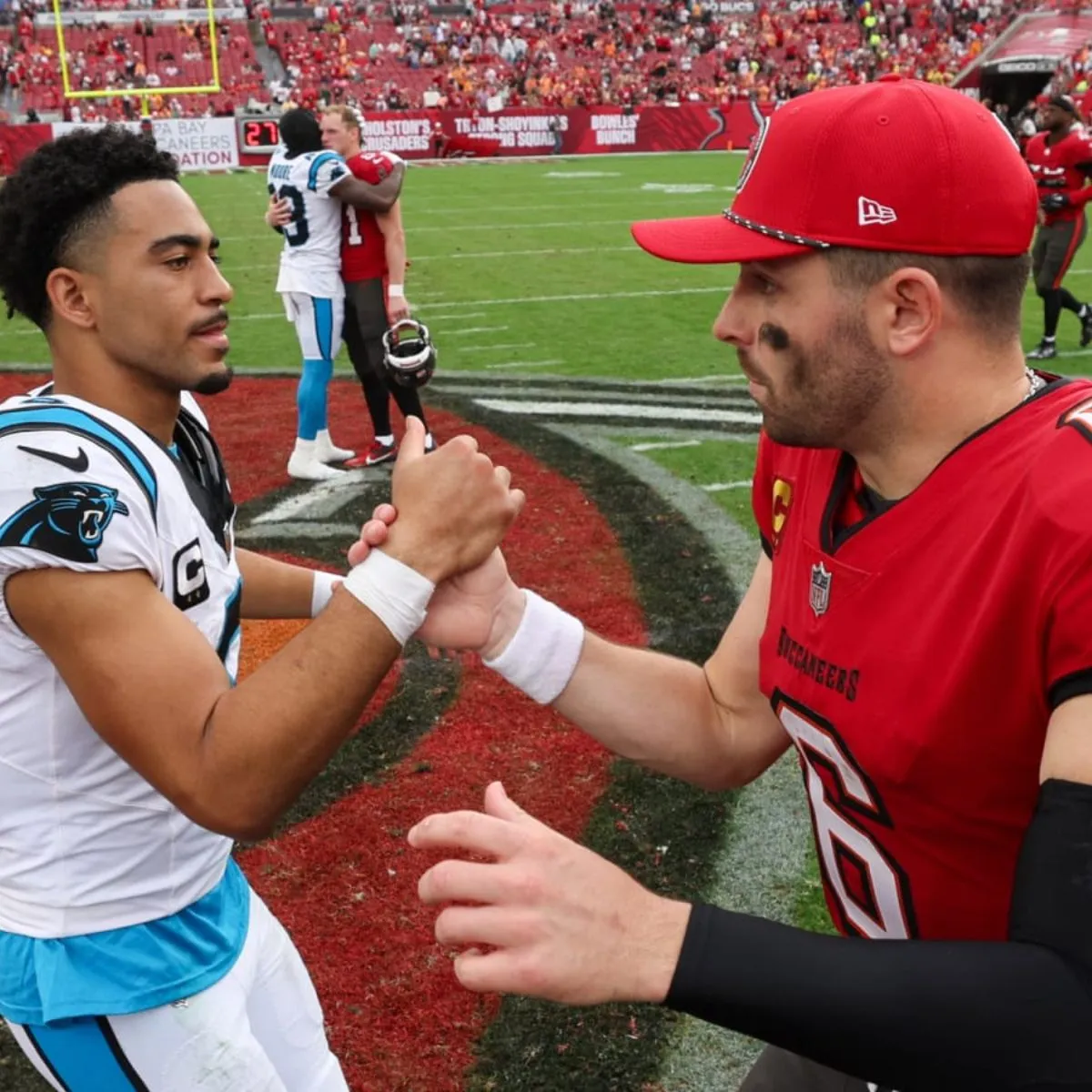Given the New York Rangers’ playoff success in recent years, it is easy to write off what has been a disastrous 2024-25 season as an aberration and to expect this team to return to being legitimate Stanley Cup contenders. But their cap situation, overall asset management, and level of play this season paint a bleaker picture. This article will look more closely at the Rangers’ roster construction for the next several seasons and make the argument that, barring considerable trades or buyouts, there are some very worrying signs regarding the Rangers’ future.

Lack of Emerging Young Players, Especially Compared to Previous Years
Unlike several other teams that failed to make the playoffs, the Rangers have very few first or second-year players that they can expect to make a jump in play next season. Alexis Lafrenière, the 2020 first overall draft pick, is concluding his fifth professional season with the Rangers and has struggled to reach the high expectations set for him. Since signing a contract that bumped his salary from $2.325 million this season to $7.45 million for the next seven seasons, his play has markedly declined. K’Andre Miller, who becomes a restricted free agent after this season, has stagnated in his development as well. Brennan Othmann and Gabriel Perreault are two exciting young players just getting their feet wet at the NHL level, but both likely need more time to develop before they can be expected to be high-end contributors.
The exasperating component of this for Rangers fans is that just two years ago it seemed like the Rangers had an ideal combination of effective veterans and exciting young players. Kaapo Kaako, Filip Chytil, Vitali Kravtsov, and the aforementioned Lafrenière and Miller were all high draft picks that were starting to blossom in a winning environment. But through an adverse combination of trades, injuries, and underperformance, the current crop of Rangers youth has shrunk significantly.
Bloated Contracts to Aging, Underperforming Stars
It has been obvious from watching the Rangers play this season that several players who were previously high-end point producers have experienced immense drop-offs not just in their production but also in their overall level of play.
The primary culprits are Chris Kreider and Mika Zibanejad. Kreider, who is 33 years old and has put up a paltry 26 points in 65 games this season, is owed $6.5 million for the next two seasons. All signs from this season point to the fact that Kreider’s time in New York has likely run its course, but moving on is not necessarily an easy process. A buyout is expensive, as the Rangers would have to pay $3 million in 2025-26, $4 million in 2026-27, and $1.5 million in both 2027-28 and 2028-29. A trade would be ideal, but the market for a declining 33-year-old owed an inordinate salary for each of the next two seasons is likely tepid at best.
Mika Zibanejad, who is 31 years old and has seen his production diminish to 58 points and a minus-21 rating in 79 games this season, is owed $8.5 million for the next five seasons. He has been slightly better of late, but it has still been a disappointing season for him overall. He will be 37 years old when he becomes a free agent in 2030, and given his drop in play this season, there are serious concerns about how Zibanejad will look in the final seasons of his contract. Like Kreider, the right decision may be to move on from Zibanejad, but the market may not be particularly receptive given the size of his contract.
Finally, on the topic of large contracts, it is worth mentioning Igor Shesterkin and J.T. Miller. To blame this season on Shesterkin would be unfair. He has a 21.9 goals saved above expected and has shouldered a heavy load, facing the most shots against of any goalie in the league. However, he is owed $11.5 million in each of the next three seasons, and for a player making such a high percentage of the salary cap, one would hope for better than a .905 save percentage and a losing record.
The final case, J.T. Miller, has been great for the Rangers since arriving from the Vancouver Canucks. He has 30 points in 29 games as a Blueshirt and looks rejuvenated at the opportunity to move on from what had become a stale situation in Vancouver. However, Miller is owed $8 million for each of the next five seasons, and he already looks a step behind his 103-point peak in 2023-24.
The reality is that the Rangers have given far too many exorbitant contracts to aging players entering the later stages of their careers. Given the performance of these players this season, it is a distressing thought to imagine this core being paid the same amount of money two, three, or even four years into the future.
Failure to Work Efficiently on the Margins
The teams that go far in the Stanley Cup Playoffs tend to have several mid-level signings that provide immense value for the club. These value deals are a vital complement to the higher-paid star players. The 2023-24 Stanley Cup-winning Florida Panthers are a prime example of this. Defensive stalwart Gustav Forsling was on the books for just $2.67 million, depth center Anton Lundell made just $925,000, Sam Bennett made $4.425 million, Eetu Luostarinen made $1.5 million; the list goes on and on.
The reality is that the Rangers simply do not have any contracts on the books for the 2025-26 season in which a mid-level player is on a team-friendly deal. Carson Soucy and Will Borgen will be owed $3.25 million and $4.1 million respectively; both seem like overpays given their level of play this season. The Rangers’ mid-level scorers this season have been players like Kreider and Lafrenière, who are both overpaid massively given their statistical production.
Where the Rangers Go From Here
Excluding entry-level contracts, there is not a single contract currently on the books for the 2025-26 season that Rangers fans should feel particularly excited about. Panarin and Shesterkin have been solid this season, but are being compensated accordingly. Kreider, Zibanejad and Lafrenière look like overpays, and each is under contract for several additional seasons. Depth additions like Borgen and Soucy are not performing up to their contracts. Perhaps the player producing the most given his contract is Will Cuylle, but he is a restricted free agent after this season.
Overall, this analysis indicates that the Rangers’ asset management has been suboptimal and that the situation for 2025-26 looks bleak. The best-case scenario for the Rangers is that they are able to move on from players like Kreider and that their younger, foundational pieces like Lafrenière bounce back and find their form. But these are big ifs, and the reality is that there is no easy fix for this team given what has been several years of poor asset management.


-1737559041-q80.webp)
-1742777685-q80.webp)